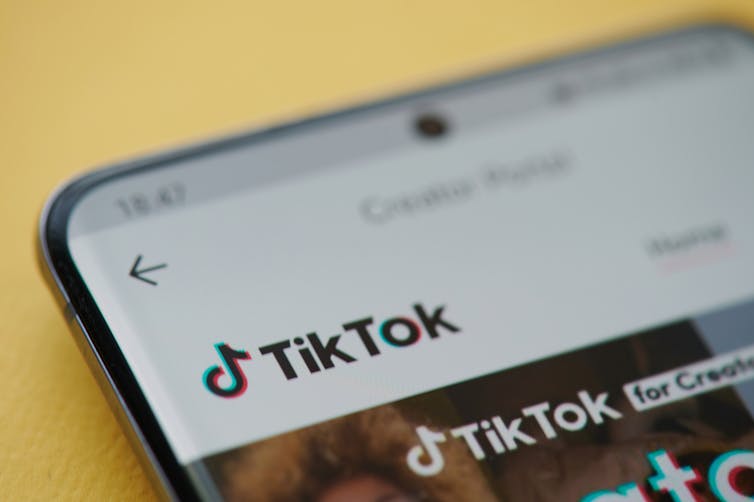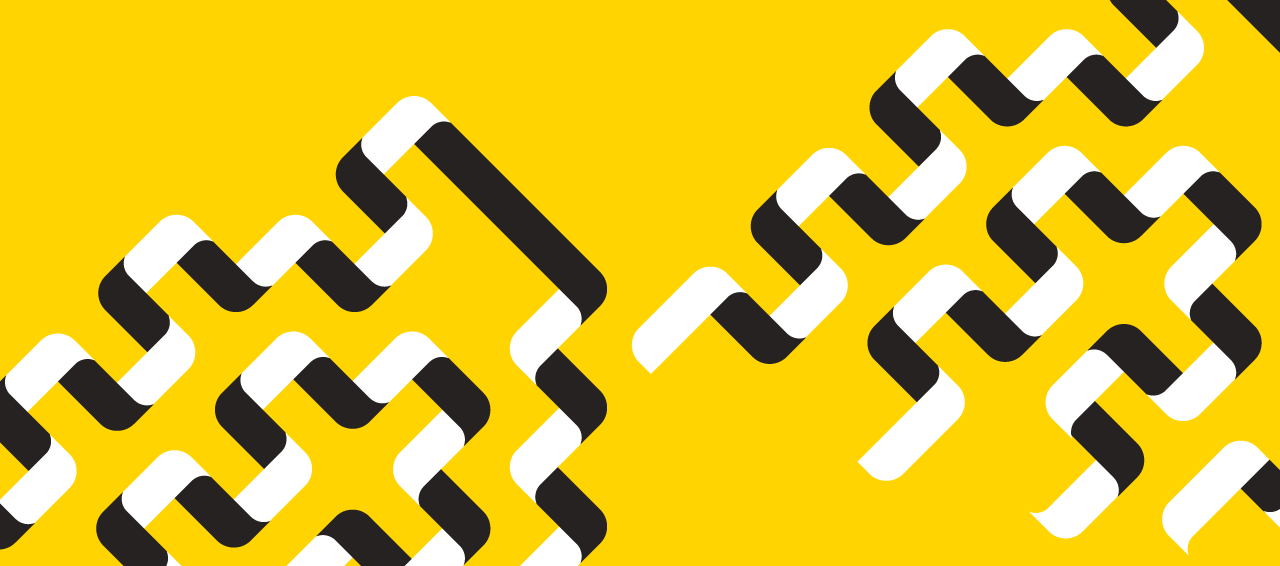is a PhD Student in Cognitive Science at .
The United States government is , a social media application used by . Although the primary reason for the ban is privacy concerns, it presents an opportunity to consider other potential risks.
It is well known social media apps can negatively impact mental health outcomes, a fact even . The impact social media use may have on our cognitive abilities, however, is less well known.
As an attention researcher, I study all the different processes our brains use to focus and maintain attention. Attention isn’t a single mechanism, but rather the result of .
One of these mechanisms is , defined as our ability to focus on the task at hand and filter distractions. However, not all tasks are created equal: it’s easier to focus when the object of our attention is engaging and entertaining.
Designed with attention in mind
In order to keep you entertained, social media companies are . This not only means the content you “like,” but also how long you spend on each piece of content. By doing this, the app methodically presents you with related content, to keep you on its platform as long as possible.

The way social media apps present content is crucial, as many apps now use an endless scroll feature in which users simply swipe upwards to view the next piece of content. Having a continuous stream of content is meant to absorb users into what researchers refer to as a “.”
We experience flow states when we are so deeply engaged in an activity that we lose our sense of time. Flow states can be highly advantageous in a work setting, as they help us stay focused and increase efficiency in completing relevant tasks. However, social media apps try to elicit flow states to make it more difficult to leave their platform.
To put it briefly, companies are constantly tracking our attention and leveraging this data to keep us hooked.
With a majority of social media users , and one-third of teenagers using these apps “,” it raises the question of whether social media is hurting our attention abilities.
The cost of task-switching
Throughout the day, many individuals multitask by alternating between work-related activities and using social media platforms. According to a study conducted on middle and high school students, teenagers spend, on average, before switching to social media or texting.
While some forms of multitasking are harmless, like walking and chewing gum at the same time, . Instead, we engage in “task-switching,” which involves alternating between two related activities.


